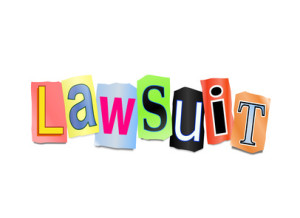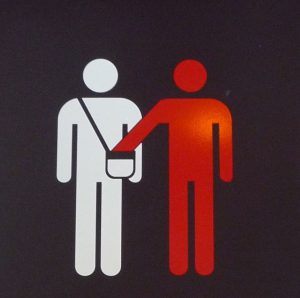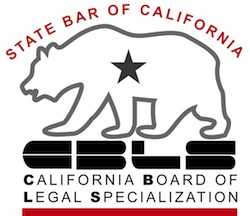Individuals with matters before the state courts of California have an updated resource in the Self Help Center. The information here can be either good background if you have a legal problem or a treasure-trove if you expect to represent yourself in court. It even includes a section on bankruptcy, as part of the materials […]
California Stimulus Checks Available Only When You File Your Tax Return
Are you eligible for a California stimulus check? This state program provides cash payments to low and moderate income individuals, regardless of immigration status. But the stimulus checks are tied to filing a tax return. No tax return, no California stimulus check. Mind you, this Golden State Stimulus is in addition to the federal stimulus […]
California Garnishment Now Provides Greater Protection Of Wages
Workers making close to the California minimum wage got additional protection from wage garnishments under a change in the law effective back in 2013. With the annual increases in the state minimum wage, in 2019 California law now protects an employee’s weekly net wages up to 40 times the state minimum wage, currently $11 to $12 […]
Free Tax Preparation Offered In Bay Area
Households with an annual income of $54,000 or less can have their tax returns prepared for free through the Bay Area United Way’s Earn It, Keep It, Save It program. Earned Income Tax Credit The Earn It, Keep It, Save It campaign is particularly focused on enabling qualifying individuals and families to access this tax […]
Debt Collectors Distort Law On Debts Of Spouses
Debt collectors claim you are personally liable for your spouse’s, debts. Or even for your ex-spouse’s debts. That’s a (convenient) lie. California community property law is complicated. I get it. It shouldn’t surprise me that debt collectors don’t understand community property. Or maybe, they find it inconvenient to understand. Or maybe, they deliberately distort the […]
What To Do When Served With A Collection Lawsuit
Being served with papers in a California collection lawsuit doesn’t generally help your critical thinking process. In fact, that surge of adrenaline seems to blur the eyes and fog the brain. So when you scan the lawsuit papers and see a date, months down the road, you exhale and set the problem aside for another day. […]
California Only Middling In Protecting Families From Debt Collectors
When it comes to protecting working families from debt collectors, California gets a B, according to a study of state exemption laws conducted by NCLC. That’s up from the C it got in the last survey. No state got an A in the study: Utah, Alabama, New Jersey, Tennessee and Michigan rated F’s. State exemption laws […]
The Easiest Business Loan In Town
Running a small business is hard work. Cash flow is tight; time is in short supply. When there’s just not enough in the bank to cover payroll, the easiest loan in town is from the Bank of Uncle Sam. There’s no application, no review, no waiting. You just give employees their checks, net of […]
Who Gets Grannie’s Cash – Grannie Or The Bankruptcy Trustee?
When there’s a joint bank account and a bankruptcy filing, good intentions can quickly go sour. The bankruptcy trustee sees a pile of money in the bank to which the debtor has access, even though the account also bears the name of someone not in bankruptcy. If the debtor can get the money, the trustee […]
Marital Separation Doesn’t Require Two Homes
Split the sheets in California, and your wages are no longer community property. That’s because property acquired during marriage but after a marital separation isn’t community property. That’s been California law for a long while. The sticky wicket has been drawing the line when the marriage has broken down and the couple has separated. “When” they separated determines […]
- « Previous Page
- 1
- …
- 3
- 4
- 5
- 6
- 7
- 8
- Next Page »










